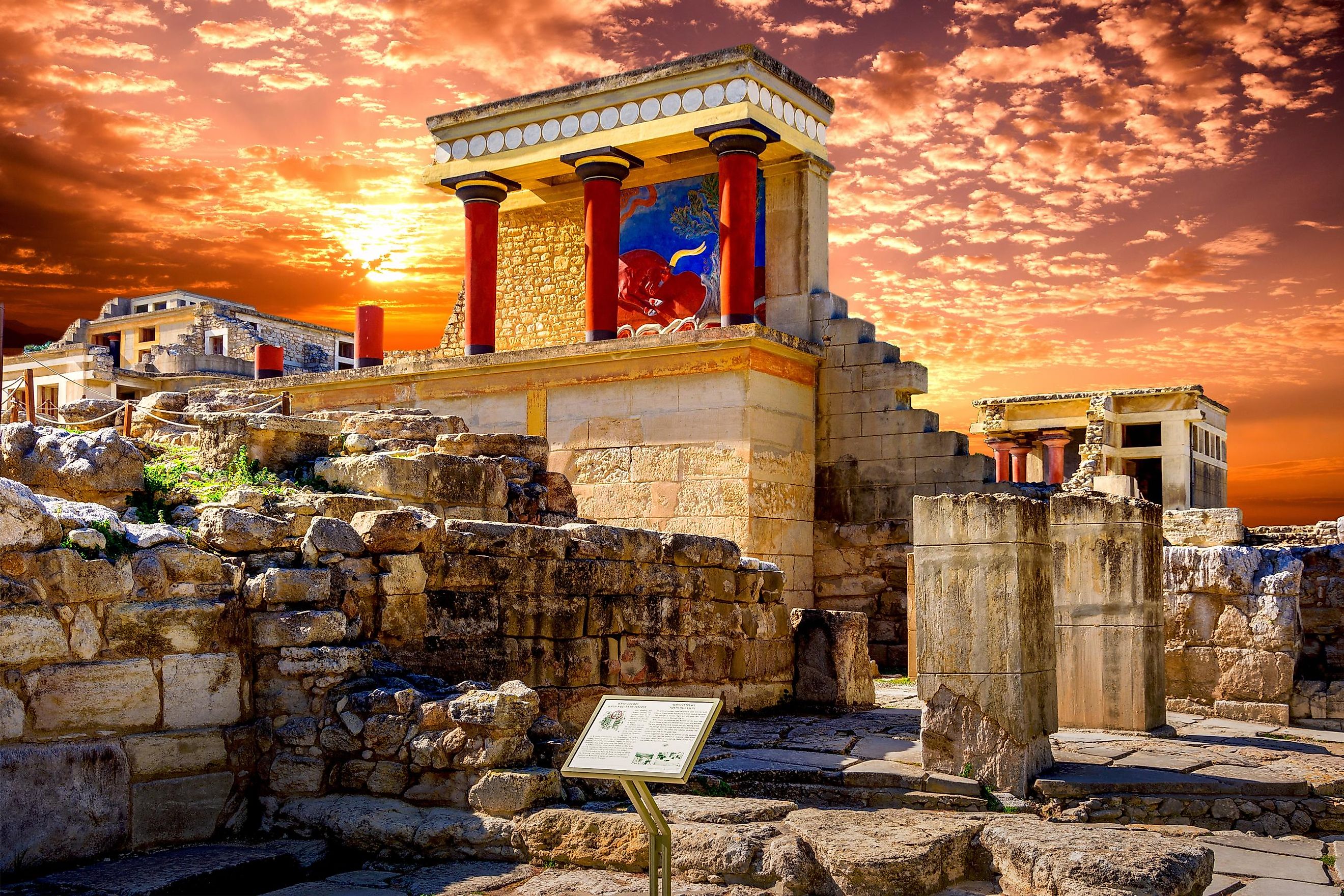
The Lost Wonders of the Ancient World
Astonishing structures have risen and fallen since time immemorial. Although the Ancient 7 Wonders give a taste of what humanity's ancestors were capable of, they only capture a fraction of the scope and scale of global history. Entire cities and monuments are either lost to time, buried under layers of debris, or simply missing after centuries of looting and natural disaster. These places once captivated and inspired residents and pilgrims enough to write them into chronology, allowing modern-day students to become engrossed with these bygone relics. The following 9 Lost Wonders of the Ancient World are mixtures of myth, history, and shocking archaeology; to study them is to celebrate the prowess of the giants who walked this Earth before us.
Solomon's Temple
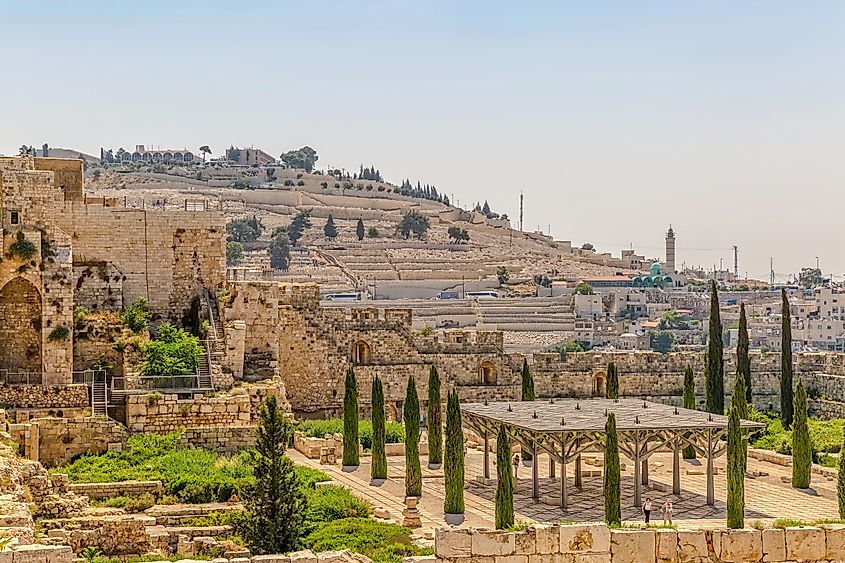
According to legend, Solomon's Temple was a grand temple in Jerusalem, built by King Solomon in the 10th century BCE. Often referred to as the First Temple, it was a significant part of Jewish culture and myth from antiquity until its destruction four hundred years later, and more permanently in 70 CE.
The myth surrounding Solomon's Temple's construction is of great significance for Judaism, told in detail in the Hebrew Bible. It states that God commanded David, King Solomon's father, to construct an imposing temple on Mount Moriah, but because he had shed blood, this task fell to his son instead. Accomplishing this monumental task took seven years, according to ancient sources, and eventually formed a masterpiece that rivaled the wonders of Babylon's famous Ishtar Gate.
Archaeology has found evidence for several elements related to Solomon's Temple, such as portions of its walls and some of its artifacts from different sites around Jerusalem; however, its exact location still needs to be discovered. Recent findings and Jewish texts suggest there may have been two overlapping temples – one 'inner sanctuary' where priests made ritual sacrifices and another structure more akin to modern synagogues, which served as a place for prayer.
History suggests that many modifications were made to Solomon's Temple, with several kings - including Herod - making changes and improvements during their reigns. The current consensus is that Roman forces led by Titus eventually destroyed it in 70 CE after they besieged Jerusalem following the Great Jewish Revolt against Roman rule. This event was catastrophic for Judaism at the time, leading to a period known as 'The Exile' (not to be confused with the previous exile in 733 BCE).
The Labyrinth At Knossos
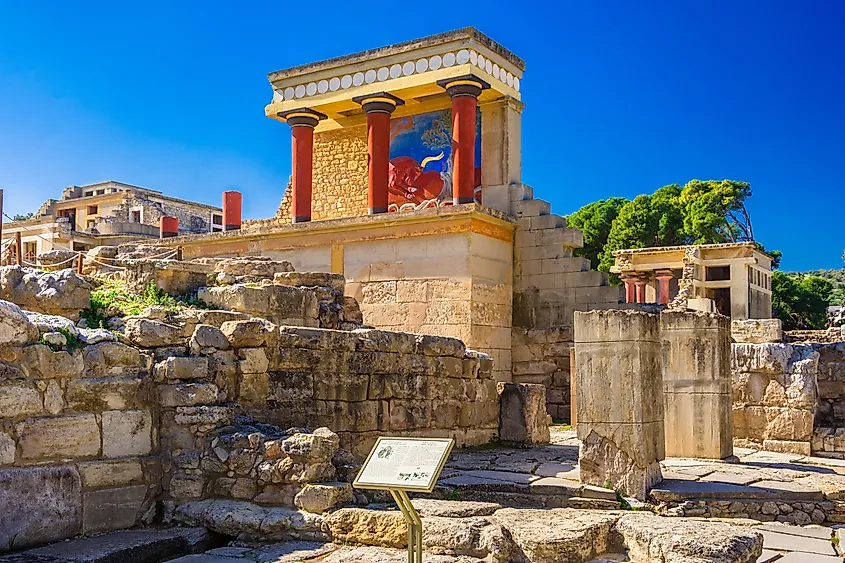
The Labyrinth of Knossos is one of the most intriguing ancient sites in Greece and much of the world. Dating back to approximately 4,000 years ago, Daedalus, according to legend, built this vast archaeological complex on the island of Crete. Often associated with the mythological figure of King Minos and his infamous Minotaur, modern archaeological research has revealed a complex and vibrant history that highlights Knossos' importance for the region and beyond.
Arthur Evans first explored the Labyrinth at Knossos in 1900 as part of an effort to uncover its secrets. Although explorers had already documented some of its chambers centuries before, Evans made significant breakthroughs in learning how this site operated during its heyday. Through careful exploration over several decades, archaeologists have discovered evidence suggesting it served as a center for Minoan culture, trading, and commerce.
Meanwhile, recent discoveries add insights into the palace's operations during Medieval times when Greek Orthodox Christians inhabited the surrounding countryside. Their presence indicates that political or religious activities may have been undertaken at Knossos through various eras since antiquity.
For those interested in mythology, The Labyrinth at Knossos offers a particularly evocative experience due to its many links to one of ancient Greece's best-known legends - the mythological creature known as the Minotaur, which lived within its depths. The story tells us that through skillful navigation, Theseus was able to defeat this beast after finding his way through a seemingly endless maze full of confusion - perhaps reflecting humanity's innate quest to find understanding and order amongst chaos.
The Ziggurat Of Ur
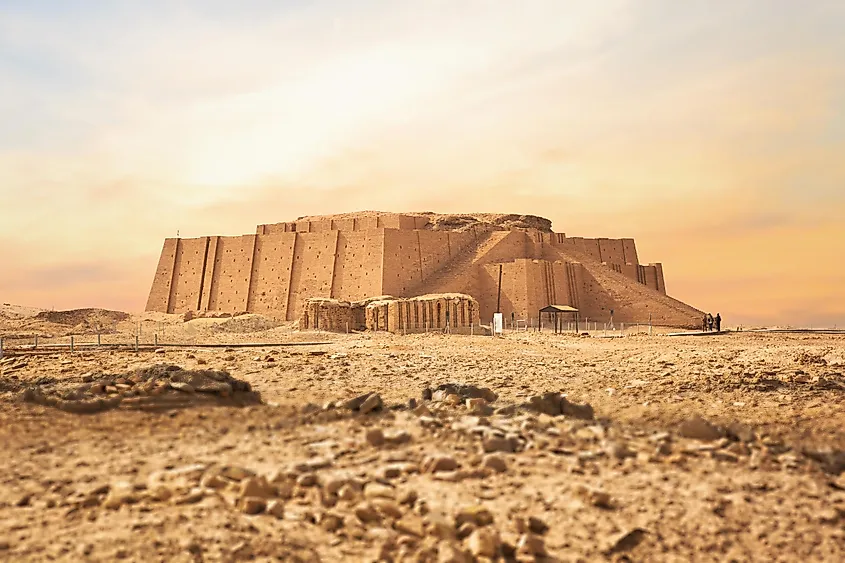
The Ziggurat of Ur, located in modern-day Iraq, is a large ancient structure that has been the focus of considerable archaeological and historical research. Built around 2100 BC by King Ur-Nammu, it likely venerated the Sumerian moon god Nanna. The structure potentially reached over 100 feet in height and held its shape for many centuries before erosion and sacking by its enemies caused it to fall into ruin.
The exact mythology behind the construction of the Ziggurat remains to be determined. However, some historians have suggested that it may be related to an ancient Sumerian myth involving a pantheon of gods, and the height allowed the faithful to physically step closer to the heavens. Furthermore, it was believed to be a physical connection between heaven and earth.
Archaeological excavations at the site suggest that there were once seven levels to the Ziggurat; only remnants of four remain. Biblical scholars have suggested that these ruins may provide insight into the Tower of Babel story from Genesis and stories from other ancient Middle Eastern cultures involving a "ladder leading up to heaven."
Radiocarbon dating suggests significant renovation was done on the structure over a thousand years after its original construction, likely under King Nabonidus' rule (556–539 BCE). Much of this renovation work appears to have repaired damage that had left little more than the last stage. Tragically, much of what made up the Ziggurat—including any artifacts or tools used in its initial construction—is lost because it could not withstand time and sacking within its relatively exposed location.
The Nazca Lines
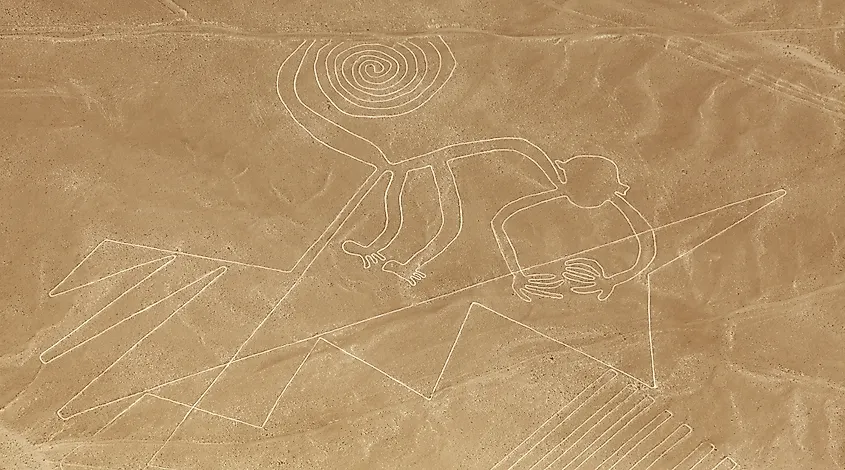
The Nazca Lines are an enigma of geoglyphs etched into the Peruvian desert. Located near Nazca in southern Peru, these ancient lines were likely created by people from the Paracas, Nasca, and Tiahuanaco cultures between 500 BCE and 500 CE. The mysterious hieroglyphs vary in shape and size, with some spanning up to 1,200 feet in length and depicting various animals, plants, humanoids, and geometric shapes. In form, they are shallow diggings that expose differently-colored sediment layers on the desert floor.
Like most archaeological mysteries, plenty of theories surround the real purpose behind these ancient designs. One theory suggests they were a sacred offering to the gods. Another proposes that they may have been a calendar or astronomical tool to track seasonal changes and predict solar events. Additionally, numerous authors have suggested that they could represent an alien language or a giant astronomical observatory created by extraterrestrial beings.
To this day, historians remain uncertain as to what made the Nazca Lines so worthwhile to the indigenous communities who built them. What is certain is that they are among the most fascinating examples of prehistoric artwork on Earth. A UNESCO World Heritage Site since 1994, millions of tourists flock to Peru yearly to marvel at the Nazca lines' grandeur.
The Lost Tomb Of Genghis Khan

The Lost Tomb of Genghis Khan is an ancient burial site shrouded in mystery and intrigue. Researchers believe the tomb is near the Mongolian-Chinese border and have debated its existence for centuries.
One folkloric legend suggested that after his death in 1227 CE, a river was diverted to cover and hide the site permanently. Since then, various stories about the tomb's location have been passed down through generations, ranging from the Far East to Siberia and Tibet.
Modern studies point to a sacred mountain that Genghis Khan was fond of for prayers, the Burkhan Khaldun. Restricted access during his reign meant that it would have been the safest choice for putting him to rest, and a tribe known as the Darkhad were officially utilized to safeguard the area.
Archaeologists and historians still debate whether or not it truly exists today—and if so, where it precisely is. While exploration teams have searched for clues across Mongolia and its surrounding regions, they are yet to solve this ancient enigma because of sensitive politics within the region.
The Cahokia Mounds
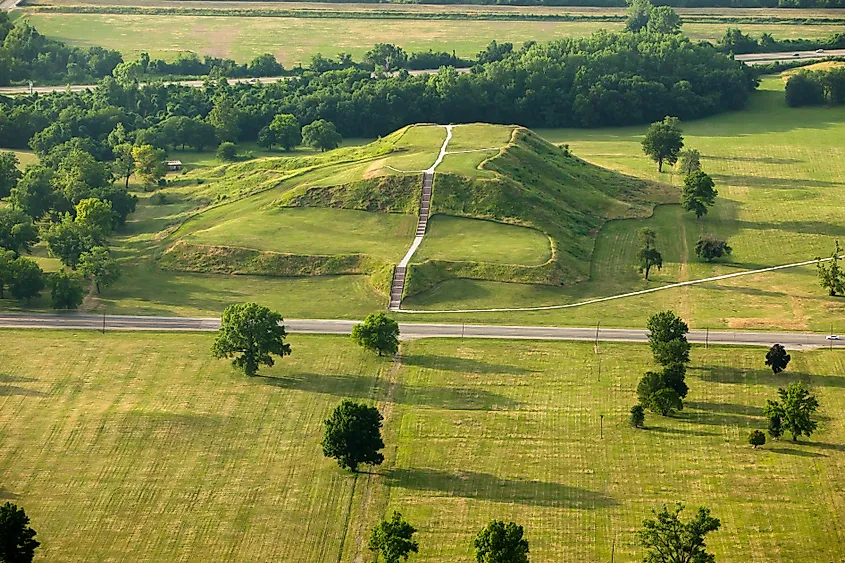
The Cahokia Mounds are an ancient site located near Collinsville, Illinois. It is an archaeological site of the Mississippian culture that flourished from about CE 900-1400. This site was designated a National Historic Landmark in 1964 and included on the UNESCO World Heritage List in 1982.
The mound complex consists of at least 80 mounds with soil and clay accumulated over centuries. Monk's Mound is the largest of these mounds, which is roughly 100 feet tall and covers 14 acres at its base. Archaeologists believe this mound was significant for housing the chieftans of the the Native Americans who inhabited this region at the time.
The society depended on immigration in order to balance out its insufficient birthrate. Therefore, these mounds served as attractions for pilgrims seeking a novel destination or a religious experience. The activity bolstered the economy which brought in an abundance of unique items and merchandise. Trade goods included shells, animal hides, copper, and many more items traded upriver from present-day St Louis or downriver from present-day Memphis, Tennessee.
Today, the mounds stand as a reminder of Native American ingenuity and engineering capabilities until 500 years ago when Europeans started colonizing North America.
Nineveh
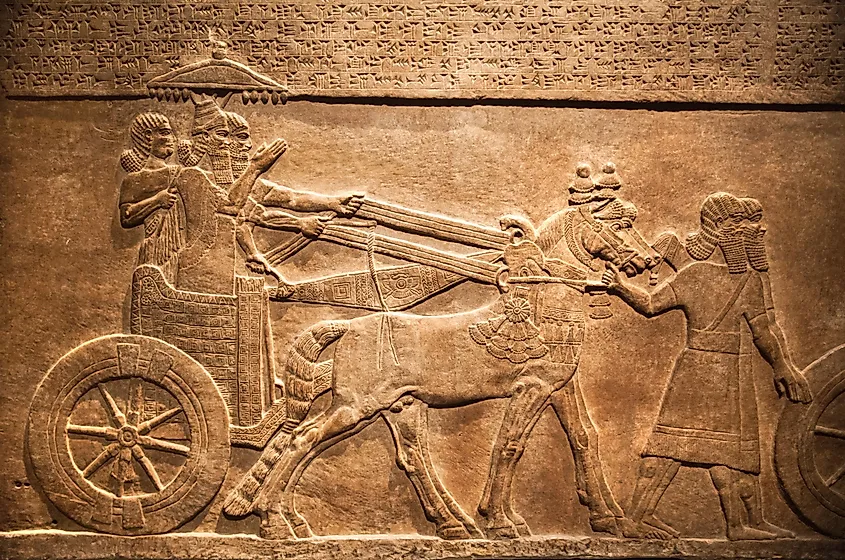
Nineveh was an ancient city in present-day Iraq on the banks of the Tigris River. It served as the capital of the Assyrian Empire for many centuries, from about 1250 BCE to 612 BCE. Ultimately, a coalition of armies led by Babylon and the Medes destroyed it.
Settlement of the region began around 6000 BCE and it transitioned into a trade colony because of its advantageous location. The Hebrew Bible, in a section written around the 15th century BCE, mentions Nineveh being founded but the details are vague. However, what is clear is that several different empires acquired the city, such as the Akkadian Empire around 2,220 BCE.
Nineveh was a major religious center in Mesopotamia and an important trading hub between Egypt, Persia, Arabia, and Anatolia. The city boasted a vast library of tens of thousands of clay tablets documenting trade records, astronomical observations, and many works of literature. Furthermore, it also contained some of the earliest written epic poetry, such as the Epic of Gilgamesh. Many of these tablets vanished during its destruction in 612 BCE.
Archaeological excavations at Nineveh have revealed many artifacts, including temple remains, statues, weapons and armor, pottery, jewelry, and large palaces adorned with relief sculptures depicting mythological events or battles. These finds provide insight into its rich cultural heritage and its powerful military might under Sennacherib's reign between 705-681 BC.
In addition to its political importance over time, Nineveh has also been notable for its archaeological significance. Scholars believe, based on thousands of unearthed tablets, that Nineveh was home to one of Humanity's oldest written language systems—Sumerian cuneiform. This development provides evidence for early urbanization in Mesopotamia from around 3200 BCE onward.
Despite its enduring significance throughout history, due to several inescapable floods and sieges by Babylonians, Medes, and Persians over time, Nineveh eventually became abandoned. This abandonment solidified under Trajan and Septimius Severus; two Roman emperors who sacked it into nonexistence by 198 CE.
Troy
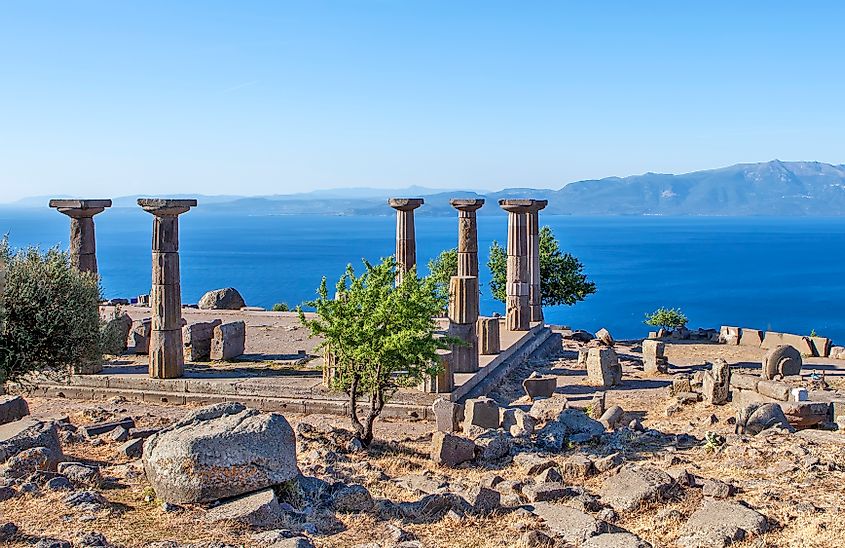
Troy is an ancient city located in Northwest Anatolia, Turkey. It was once a powerful and prosperous city-state that flourished in the Bronze Age from 3000 to 1200 BCE. The legendary story of Troy first appears in Homer's epic poem The Iliad, which tells the story of the 10-year siege of Troy by Greek forces.
Archaeological evidence suggests that Troy was first settled around 3000 BCE (but potentially inhabited as early as 3600 BCE) and continued to thrive in several stages until 500 CE. Excavations have revealed a succession of different cities, one after another, each built atop the ruins of the previous one.
Today, visitors are welcomed with extensive ruins that give glimpses of its former grandeur: winding roads lined with stone walls, massive gates leading into a well-defended citadel, remains of majestic temples, and more. Notably, the poorly conducted excavations of the 19th-century archaeologist Heinrich Schliemann destroyed key evidence about specific eras of Troy, but many captivating artifacts and ruins remain.
The city is the birthplace of many prominent figures, such as Aeneas in Roman mythology and Paris in Greek mythology. It has also been featured prominently in popular culture ranging from Shakespeare's works to Hollywood films. While there are still debates regarding this ancient city, it remains an integral part of history and mythology that continues to capture people's interest even today.
Göbekli Tepe
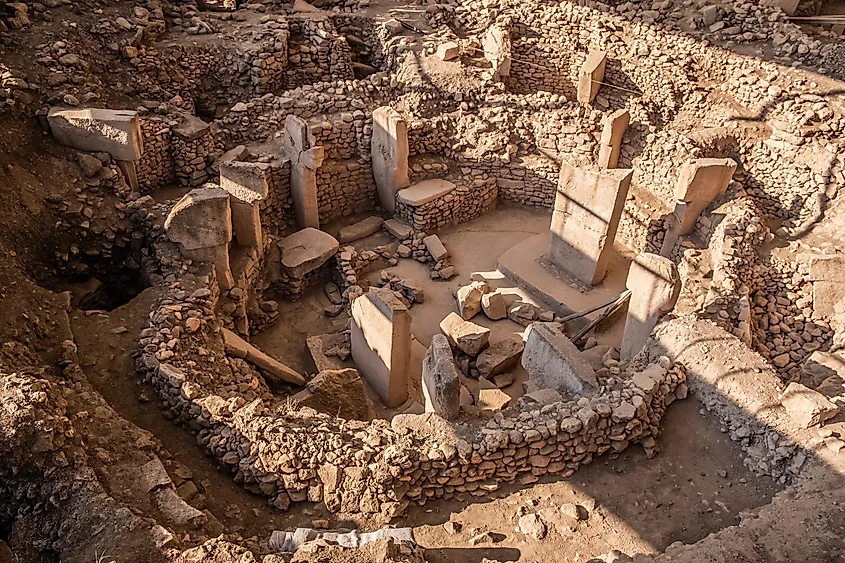
Göbekli Tepe is an ancient archaeological site on top of a mountain ridge in the Southeastern Anatolia Region of Turkey. It consists of mysterious megalithic structures, stone circles, standing stones, and T-shaped pillars dating back to the 10th millennium BC. It is believed to be one of the oldest known temples in human history, predating Stonehenge by thousands of years.
Archaeology revealed that early humans used this place for communal activities and erected these staggering structures. Excavations have shown that people would gather around fireplaces along with food offerings and animal sacrifices, indicating that some spiritual activity was occurring here. That single discovery has revolutionized our understanding of the development of religion, technology, and culture within those parts during prehistoric times.
The Ancient World was home to many wonders with a grandeur now lost to history. From the majestic temple of Solomon to the legendary city of Troy, these structures have stirred imaginations worldwide for centuries. Although some of these ruins remain standing today, many are nothing more than an echo in the wind of time. Each structure brings a sense of awe and mystery, begging visitors and scholars to wonder about potentially undiscovered or completely erased creations. Furthermore, when visitors of the future come across the ruins of our skyscrapers and space stations, will they be equally mesmerized by what we left behind?











